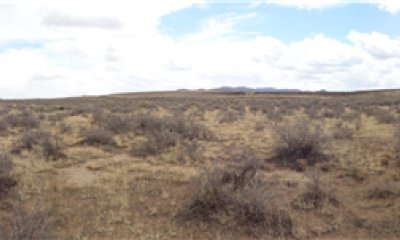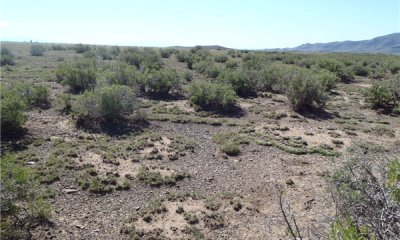
Chico Fan 8-12 PZ
Scenario model
Current ecosystem state
Select a state
Management practices/drivers
Select a transition or restoration pathway
- Transition T1A More details
- Transition T1B More details
- Restoration pathway R2A More details
- Restoration pathway R3A More details
-
No transition or restoration pathway between the selected states has been described
Target ecosystem state
Select a state
State 1
Reference







Description
The Reference state describes the ecological potential of the site and the historic range of variability from natural disturbances such as herbivory, fire, insects and disease, etc.
Submodel
Description
This state has crossed an ecological threshold. Desertification is obvious. Biological integrity has been lost. With plant structure, diversity, and cover severely diminished, very little to no capture and infiltration of precipitation, which is lost to overland flow, increasing hydrologic dysfunctional and severe destruction of soil stability. Soils eroded to subsurface horizons in places.
Submodel
Mechanism
Recurring same season grazing (i.e. sheep camp, or continuous grazing) without adequate recovery opportunity between grazing events, will move this site across an ecological threshold to the Eroded State.
Lack of disturbance/long term non-use and/or extended drought may also cause this transition to occur.
Mechanism
Improper timing of brush management, (mechanical or chemical) to manipulate or reduce the shrub community, can cause a shift across an ecological threshold toward the Deteriorated State. Recurring same season grazing (i.e. sheep camp, or continuous grazing) without adequate recovery opportunity between grazing events, will also move this site to the Deteriorated State.
Lack of disturbance/long term non-use and/or extended drought may also cause this transition to occur.
Mechanism
One or more treatments such as properly timed brush control, range seeding, and long-term prescribed grazing will restore this state/plant community to the reference state and/or associated communities. Restoration is a very slow process (many years) due to the aridic nature and soil properties of this site. If an adequate seedbank is adjacent to the site, the native plant community will return with favorable moisture without mechanical inputs.
Mechanism
Favorable moisture, properly timed brush management with range seeding, and long-term prescribed grazing after successful seeding establishment, will restore this state/plant community to the reference state and/or associated communities. Restoration is a very slow process (many years) due to the aridic nature and soil properties of this site.
Model keys
Briefcase
Add ecological sites and Major Land Resource Areas to your briefcase by clicking on the briefcase (![]() ) icon wherever it occurs. Drag and drop items to reorder. Cookies are used to store briefcase items between browsing sessions. Because of this, the number of items that can be added to your briefcase is limited, and briefcase items added on one device and browser cannot be accessed from another device or browser. Users who do not wish to place cookies on their devices should not use the briefcase tool. Briefcase cookies serve no other purpose than described here and are deleted whenever browsing history is cleared.
) icon wherever it occurs. Drag and drop items to reorder. Cookies are used to store briefcase items between browsing sessions. Because of this, the number of items that can be added to your briefcase is limited, and briefcase items added on one device and browser cannot be accessed from another device or browser. Users who do not wish to place cookies on their devices should not use the briefcase tool. Briefcase cookies serve no other purpose than described here and are deleted whenever browsing history is cleared.
Ecological sites
Major Land Resource Areas
The Ecosystem Dynamics Interpretive Tool is an information system framework developed by the USDA-ARS Jornada Experimental Range, USDA Natural Resources Conservation Service, and New Mexico State University.




